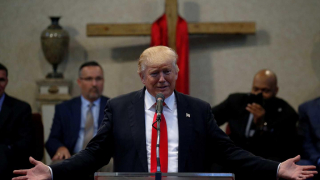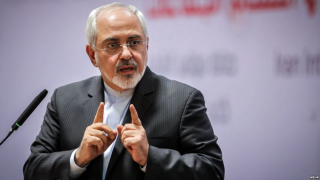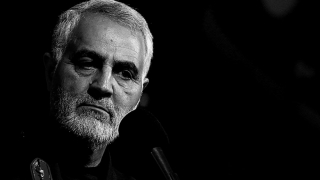Trump unveils first budget blueprint with big rise for defense, cuts across government
U.S. President Donald Trump on Thursday unveiled the administration's first budget blueprint which seeks deep cuts across federal departments and agencies in order to fund rising defense spending.
The blueprint provides lawmakers and the public with a view of the priorities of the Trump administration, with focus on "rebuilding and restoring our nation's security", said Mick Mulvaney, Director of the White House's Office of Management and Budget, in a statement on Thursday.
The proposal is the Trump administration's blueprint at translating some of the president's campaign promises into numbers. It is aimed at improving government efficiency and cutting burdensome regulations.
In this "America First" Budget, the administration calls for big cuts at federal governments and agencies which would eliminate entire programs and scale back the size of federal employees for fiscal year 2018 which starts from Oct.1, 2017.
The budget proposes 10.1 billion U.S. dollars or 28 percent of reduction from fiscal 2017 in the foreign aid programs at the State Department, the U.S. Agency for International Development and the Treasury Department's International Programs.
The departments of commerce, agriculture, education, energy, health and human services would all see major cuts. The Environmental Protection Agency will see its spending cut by 2.6 billion U.S. dollars or 31.4 percent from fiscal 2017.
In order to strengthen the U.S. military and its border security, the proposal requests 52.3 billion U.S. dollars or 10 percent increase for Defense Department and 2.8 billion dollars or 6.8 percent increase for Homeland Security Department.
The proposal only covers the federal discretionary funding for fiscal 2018. The full budget proposal which includes both discretionary and mandatory spending, such as entitlement spending, will be released in May, said Mulvaney.
The proposal is expected to be met with resistance on the Congress. House Democratic leader Nancy Pelosi opposed the proposal, saying that "throwing billions at defense while ransacking America's investments in jobs, education, clean energy and lifesaving medical research will leave our nation weakened."
Many Republicans have also opposed the steep cuts at the State Department.
In addition, Senate rules require 60 votes to pass the annual appropriations bills that set each federal department's spending levels. Republicans control 52 seats at Senate, which means that Trump will need support from Democrats to advance his spending proposal.
Source: Xinhua.















